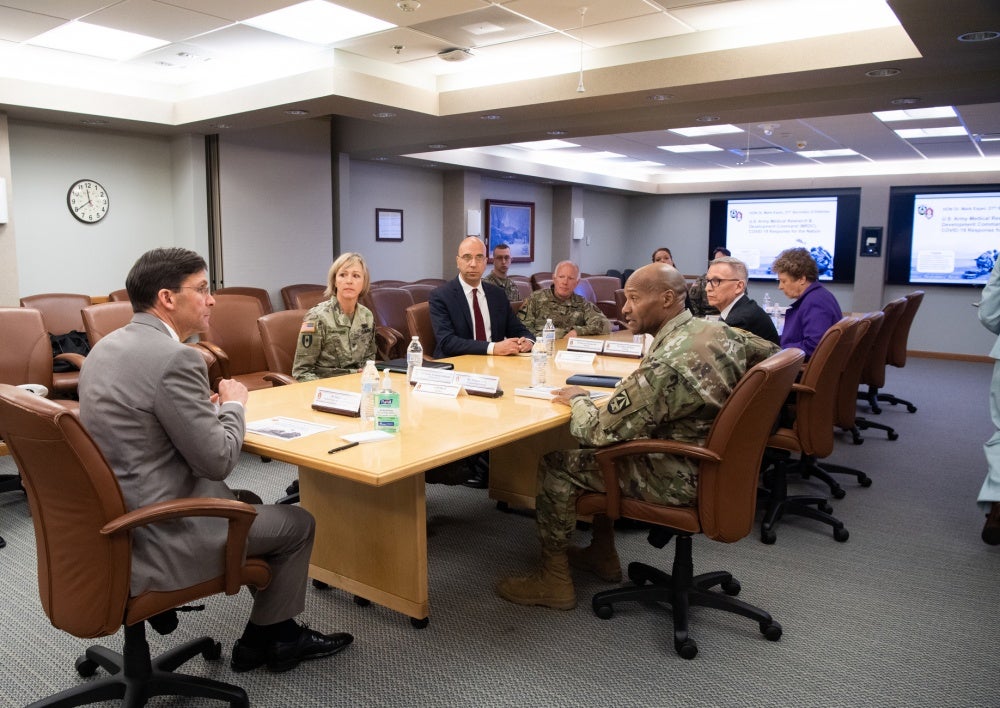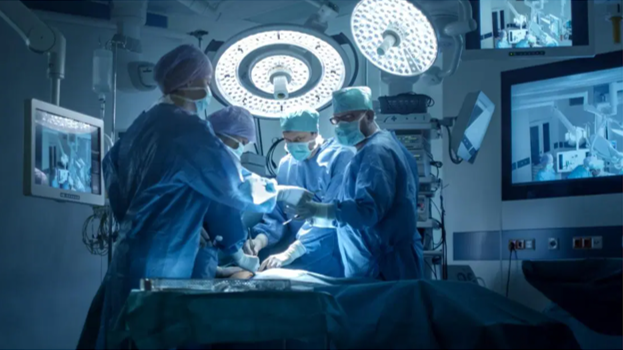US Military Funding Leads to First Successful Face and Double Hand Transplant
In August, a team of over 140 surgeons and doctors assemble in New York University Langone to conduct a face and double hand transplant. The patient was Joe DiMeo, who in 2018 fell asleep while driving down New Jersey’s Route 22. The accident which followed left Joe with third degree burns on most of his body, severe scaring, no eyelids, no ears and without most of his fingers. After a 23 hour operation which integrated technologies such as 3D printing and virtual surgical planning, as Army Futures Command describes it, Joe’s quality of life and function was significantly restored.
After 6 months of recovery, the operation can now be deemed a success. It follows two failed attempts at a face and double hand transplant. Somewhere over 100 hand transplants and around 50 face transplants have been executed successfully worldwide; 35 and 18 respectively in the United States.
The procedure, being consider experimental was not covered by health insurance. Part of the costs were covered by the U.S. Army Medical Research and Development Command (USAMRDC) as part of its Congressionally Directed Medical Research Programs Reconstructive Transplants Research Program. Dr. Daniel Ceradini of New York University, one of the key medical leaders involved in the procedure, received $2.5m dollars through the program back in 2015.

The army hopes that the successful transplant will benefit all veterans, service members and Americans at large in the future. Brigadier General Michael Talley, commander of USAMRDC and Fort Detrick, said in a USARMDC statement:
“The U.S. Army Medical Research and Development command is proud to be a part of such innovative efforts, that will not only change Mr. DiMeo’s life but also have the potential to make a significant impact on the overall quality of life for injured Service Members, veterans and the American public.”
As modern medical trials concerning everything from growing back limbs on mammals to extending animals’ lifespans through gene manipulation continue to yield results, its hard to not be excited by the advancements occurring in modern medicine.

